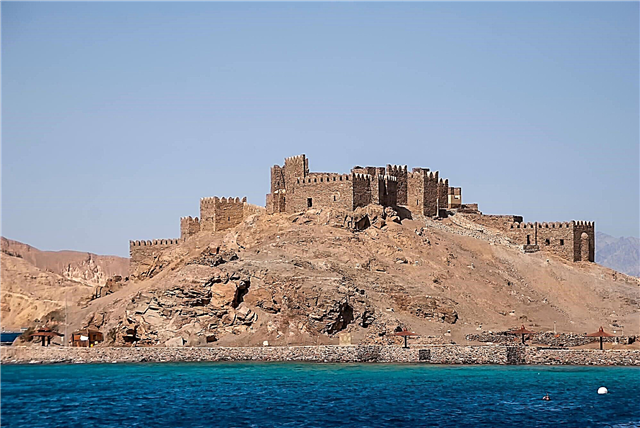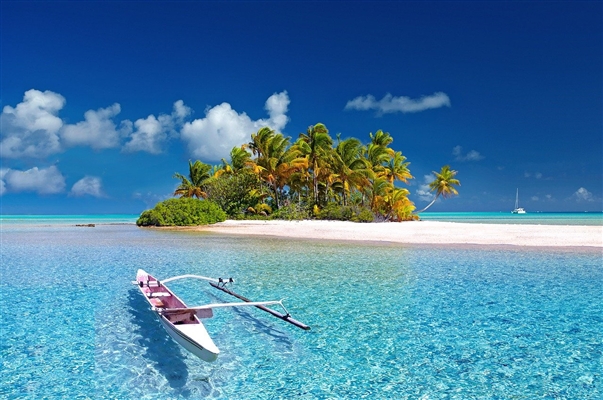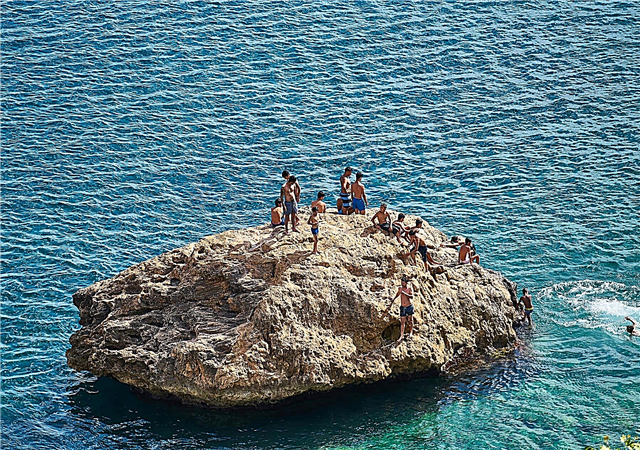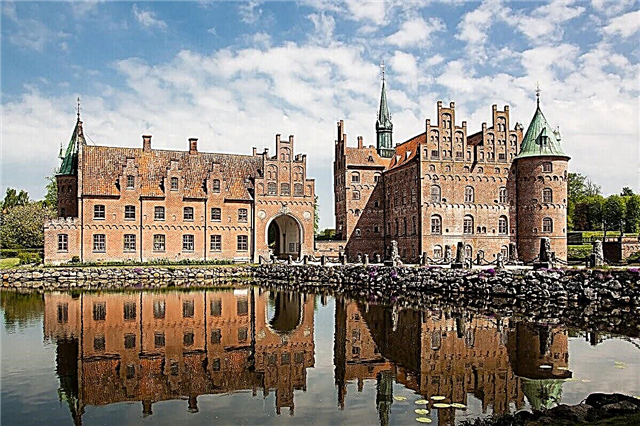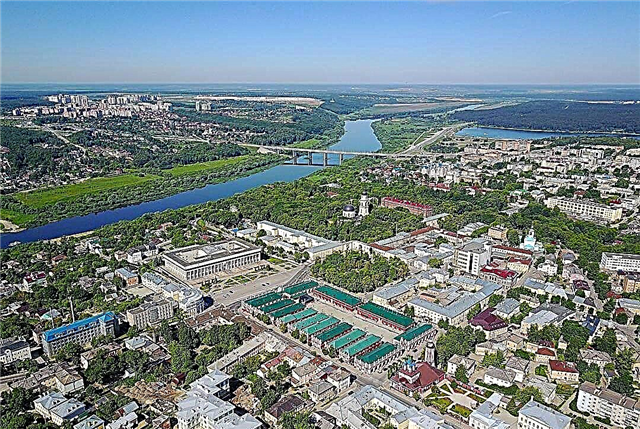The first written records of Kaluga cities are found in the 12th century. Today it includes 22 cities and 6 towns. The population is 1009 thousand people, of which 76% are urban residents. One of the most economically developed regions of the country, where about 3 thousand large industrial enterprises are concentrated. Leading industries are mechanical engineering and metalworking.
The main types of tourism in the region are pilgrimage, cultural and educational, ecotourism. The famous monasteries of Pafnutevo-Borovsky, Optina Pustyn, Amvrosievskaya Pustyn are located here. More than 1800 historical, architectural and archaeological monuments are concentrated. For nature lovers, the bird park "Sparrows", the national park "Ugra", the reserve "Tarusa", the Devil's settlement are of interest.
The largest cities in the Kaluga region
List of the largest cities in terms of population in the region.
Kaluga
The city on the banks of the Oka has been known since 1371. It appears in the list of cities in the Golden Ring. The basis of the economy is mechanical engineering, metalworking, light industry. There are 4 railway stations, an international airport. The historical center of Kaluga is rich in architectural monuments. Among the numerous museums, a special place is occupied by the House of Masters, the Museum of Cosmonautics of KE Tsiolkovsky, the Zolotarevs Estate and the Korobov Chambers.
Population - 341 thousand people.

Obninsk
Located on the Protva River. The first science city in the country. Specialization - radiology, nuclear physics, radiation chemistry, nuclear power. There are 10 research institutes and a naval center here. The city was officially founded in 1956. Local attractions - the world's tallest meteorological tower 315 m, the world's first Obninsk nuclear power plant, the Borisoglebskaya church of the 18th century, a water tower, the Bugry and Belkino estates of the 19th century.
Population - 115 thousand people.

Lyudinovo
Built on the river Nepolot. It was first mentioned in 1626 as a small village of the same name. Since 1938 it has been a city. The main industries are metallurgy and mechanical engineering. There are 2 railway stations. The city is interesting for the monuments of church architecture. Natural monuments are also of particular value - the Kaluganovo meadow, the largest lake in the region, the Lompad lake, the former estate - the Molevskoe tract.
Population - 38 thousand people.

Kirov
A city on the Bolva river. Traces its history from the founding of the village of Pesochnya in 1744 at an ironworks under construction. In 1934 it received the city status and the name in honor of S. M. Kirov. The leading enterprise is a ceramics factory. Among the local attractions are the Alexander Nevsky Church of 1890, the Christmas Church of 1768, the estate of the Zasetsky-Kuznetsovs, the Upper and Lower Lakes.
Population - 30.5 thousand inhabitants.

Maloyaroslavets
Located on the Luzha River. City of Military Glory. It was founded in the XIV century. In 1776 it was declared a county town. There are enterprises for the production of pipes, metal structures, a furniture factory, a timber industry. There is a railway station. Among the main attractions are the Vyatichi settlement, the women's St. Nicholas monastery, the military museum and the 1812 square, the Mound of Glory, the Ilyinsky frontiers memorial, and an art gallery.
Population - 27.4 thousand people.

Balabanovo
It is located in the interfluve of Protva and Istya. Known since 1584. City status received in 1972. Industry is well developed. The main enterprises are a match factory, a ceramic factory, a factory for the production of window and door blocks. Local attractions include fragments of an 18th century ironworks, a museum of missile forces, and the Balabanovo rest house.
Population - 25.6 thousand inhabitants.

Kozelsk
Located on the Zhizdra River. The first mentions are in 1146. Since 1708 - in the status of a city. A missile division is deployed on the territory of the city. There are many museums and historical and architectural monuments. Among them are the monasteries of Optina Pustyn, Amvrosievskaya Pustyn and the Savior Not Made by Hands, Assumption and Annunciation churches, a number of merchant mansions, and the Berezichi estate.
Population - 16.4 thousand people.

Sukhinichi
Located on the Bryn River. City of military valor. The first mentions date back to 1444. For several centuries it was of great commercial importance. It acquired its city status in 1840. Large railway junction, there are 2 stations. Notable objects include Victory Square, monuments to Marshal K.K.Rokossovsky, fallen Afghan soldiers, the temple of the icon of Our Lady of the 18th century, the Smolyanovs' merchant house.
Population - 14.9 thousand people.

Kondrovo
Located on the Shan River. The date of foundation is 1615. In 1938 it was transformed into a city. The economic potential is constituted by the enterprises of the pulp-and-paper and food industries. There are many monuments in the city. Two churches built in 1818-20 are of historical value. and a paper mill building from the 18th century. On the outskirts of Kondrovo, a motorcycle track was built, the second largest in Europe.
Population - 14.8 thousand people.

Zhukov
The city on the Ugodka River was founded in 1656 as a settlement at an ironworks under construction. Until 1974, the settlement was called Ugodsky Zavod, later - Zhukovo. Since 1996 - the city of Zhukov. The main attraction is the memorial complex in honor of the outstanding compatriot Marshal G. Zhukov. Not far from the city, in the village of Vorobyi, there is a natural bird park of the same name, the first in the country.
Population - 13.6 thousand people.

Sosensky
It was founded in 1952 as a mining village during the development of new mines in the Moscow region. After the mines were closed in the 1980s, a large instrument-making plant gave the village a second life. City status was awarded in 1991. 5 km from Sosenskoye, on the territory of the national park, there is one of the most mysterious places in the region - the Chertovo settlement, declared a natural monument.
Population - 10.6 thousand people.

Borovsk
Located on the hills along the banks of the Protva River. Among the historical cities of Russia. The first mention of the settlement dates back to 1358. Since 1776 it has been a county town. Borovsk is interesting for its many architectural monuments, museums, churches, both operating and awaiting restoration. Among the most famous are the ancient Pafnutevo-Borovsky Monastery, the Church of Gleb and Boris in 1704, the apartment-museum of K. Tsiolkovsky.
Population - 10.7 thousand people.

Kremyonki
Located on the Protva river, near the border with the Moscow region. Known from the first half of the 18th century. City status was awarded in 2004. The city has a sanatorium "Vyatichi", a camp and a recreation center. Here is the estate of E.R. Dashkova and the Church of the Life-Giving Trinity, where she is buried. Also of interest are the military history museum, the South Borovninsky lighthouse on Lake Zerkalnoye, the museum of E. Dashkova.
Population - 10.6 thousand people.

Ermolino
Located on the banks of the Protva River. The first written records date back to 1601. In 1928 it was transformed into a settlement, since 2008 - a city. Among the enterprises - a cotton mill, "Ermolinskie semi-finished products", a plant for the production of cables. A military airfield of the same name is located nearby. The main attraction is the active church of St. Nicholas the Wonderworker, founded in 1812, an architectural monument.
Population - 10 thousand people.

Belousovo
Located on the bank of the Dyrochnaya river. The first mentions are found in 1782. It became a city in 2004, before that it had the status of a town. The main enterprises include a dairy, a weaving factory, and a poultry factory. Gas pipeline junction to Moscow, Yelets, Bryansk, St. Petersburg. Among the remarkable city objects - the modern health complex "Fakel", the Church of St. Elizabeth built in 2004.
Population - 9500 people.

Tarusa
It is located at the confluence of the Tarusa and Oka rivers. It was first mentioned in the annals in 1246. Converted to a city in 1776.It is interesting for the unique low-rise buildings of the 19th century, perfectly preserved to this day. It is declared a natural and architectural reserve. Ranked among the historical cities of Russia. At different times famous writers, poets and artists lived here. Among them are K. G. Paustovsky, M. I. Tsvetaeva, V. Borisov-Musatov.
Population - 9 thousand people.

Medyn
A city on the Medynka river. The first mentions date back to 1386. The status of the city was received in 1777. For several centuries it has been famous for its honey production. Beekeeping is developing at the present time. The basis of the economy is the production of furniture and food products. Among the sights there are two functioning churches from 1836 and 1905. Since 2012, the city has hosted the World Championship in Russian combat.
Population - 8 thousand people.

Yukhnov
Located on the rivers Ugra and Kunovo. It began with the founding of the Yukhnovskaya Pustyn monastery in 1410. In 1777 it was transformed into a city. Center of the agricultural area. There are timber processing enterprises, a linen factory, and a garment factory. There are several military monuments and memorials in the city. The area is famous for its picturesque nature and is part of the Ugra Natural Park, protected by UNESCO.
Population - 6 thousand people.

Zhizdra
Located on the river of the same name. It is mentioned for the first time as a village with 6 yards in 1146. In 1777 he received the rights of the city and his coat of arms. During the Second World War it was completely destroyed. Built up with one-story wooden houses. There are woodworking enterprises, dairy, alcoholic beverage and lemonade factories. Among the attractions are the 1884 meteorological station, the arboretum, the park of the old city.
Population - 5.5 thousand people.

Spas-Demensk
Leads history from the founding of Demena parish in 1446. It got its current name in 1818 after the name of the temple. In 1917 it was transformed into a city. There are food industry enterprises, a garment factory, a forestry enterprise, peat and sand are mined. Of interest are the Transfiguration Church, Naryshkin's estate, and the local history museum. Popular are water routes along the rivers of the region, a ski lodge.
Population - 4.3 thousand people.




